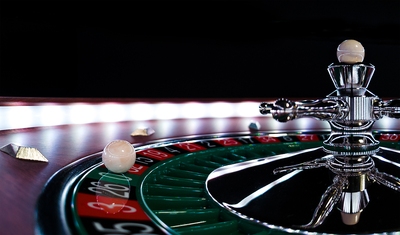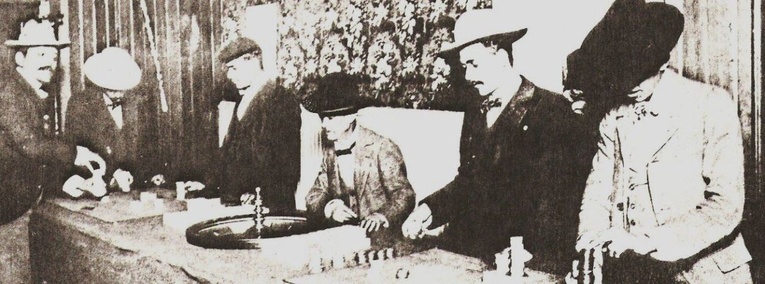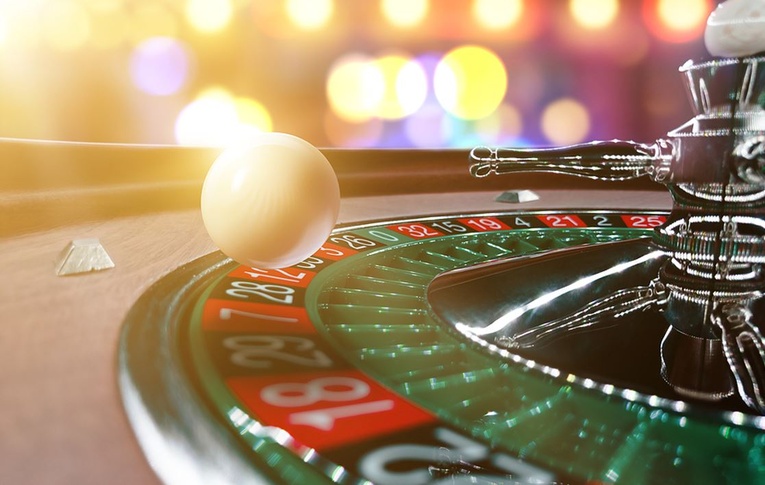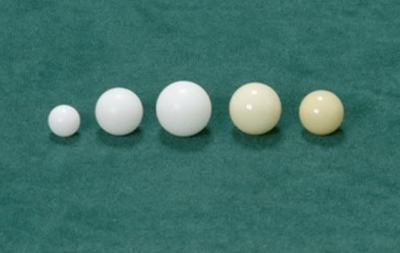 With so much going on at the roulette table, the chips going down, the wheel spinning, the LED results board, it can be easy to forget about one of the most important elements of the game.
With so much going on at the roulette table, the chips going down, the wheel spinning, the LED results board, it can be easy to forget about one of the most important elements of the game.
The ball, also known as the ‘pill’.
Roulette players can often be heard discussing strategies, betting patterns, how to exploit a winning streak and things of that nature, but the ball is somewhat taken for granted, despite being the very thing that wins or loses your bet.
Believe it or not, there is a lot more to that little white ball than you might think, with the size and the material it is made of making a difference to how the ball behaves, and therefore where it ultimately settles.
It isn’t possible to have a direct impact on the ball in order to increase your edge when playing roulette, but understanding why different types of ball behave as they do can at least give you a head start on what to expect.
The Original Roulette Ball
 Back in days gone by roulette balls had far more imperfections than they do now, but then again, so did roulette wheels.
Back in days gone by roulette balls had far more imperfections than they do now, but then again, so did roulette wheels.
Manufacturing methods were nowhere near as advanced as they are today, so not only were the balls more likely to have minor defects but they weren’t even always perfectly round.
Most balls in professional casinos used to be made from ivory, which is now obviously not an option since ivory comes from the tusks of elephants, and that sort of thing is all sorts of illegal. This is a fairly recent change though, and ivory balls could be found at roulette tables into the 1980s.
Going further back, and probably to less trustworthy and/or glamorous establishments, you might have even found roulette balls made of wood.
This comes with obvious issues such as the fact that wood can wear away over time and can also suffer dents and chips from the constant bouncing off the frets.
Thankfully, things have changed a bit since then, and now more durable and sustainable materials are used to create roulette balls.
Roulette Balls Today

These days, most roulette balls are made from either ivorine, a yellowish synthetic material that replicates ivory, or Teflon, a pure white plastic material.
Given the colour differences, you should be able to tell which type is being used on the table you are playing at just by looking.
The colour doesn’t make a difference to the way the ball behaves of course, but the material it is made from does.
An ivorine ball will tend to have more bounce to it since it is heavier and has more momentum, so anyone using visual ballistics will have a tougher job of predicting where the ball will land, whereas Teflon balls won’t move as far away from the position they first hit on the wheel, making them easier to track.
An ivorine ball, therefore, can be considered to give more truly un-biased results, as it will bounce over more pockets than a Teflon ball. However, it could also bounce out of the wheel if the dealer gives it a little too much gusto.
Another factor is the sphericality of the ball.
Ivorine balls are the more ‘perfect’ of the two and can be manufactured to be accurate to within .0001 of an inch. A Teflon ball might be less precise and have more minor defects, but any imperfections will be invisible to the naked eye.
Yet they do change a balls’ behaviour, which is why switching balls is common practice in casinos, and is even sometimes implemented in an effort to break a lucky streak a player might be having.
Size of Roulette Balls

From CS&S
It’s not just the colour and the material that change though, there are also different size roulette balls out there.
Most professional casinos use wheels that are either:
- 27 inches in diameter
- 30 inches in diameter
- 32 inches in diameter
This will obviously have an impact on the size of each pocket, so the balls being used need to be relative in size.
For that reason, whatever the material the ball is made from, you will likely be dealing with a ball measuring either 5/8 of an inch or 3/4 of an inch, although different sizes do exist as do smaller wheels.
This change in size also means a change in weight, with the smaller ball weighing less and therefore behaving differently as it travels around the wheel before coming to a stop. It’s only a matter of a few grams between the ball sizes, but it makes a difference to how far the ball travels and how dramatic the drop is when gravity takes over from momentum, and then how far the ball travels over the different pockets.
Casinos might even use one ball of each size and swap them at some point during the day to increase the randomness of the game. This is why you sometimes see a ball resting on the top of the wheel; it’s the alternate sized ball ready to be swapped in.
